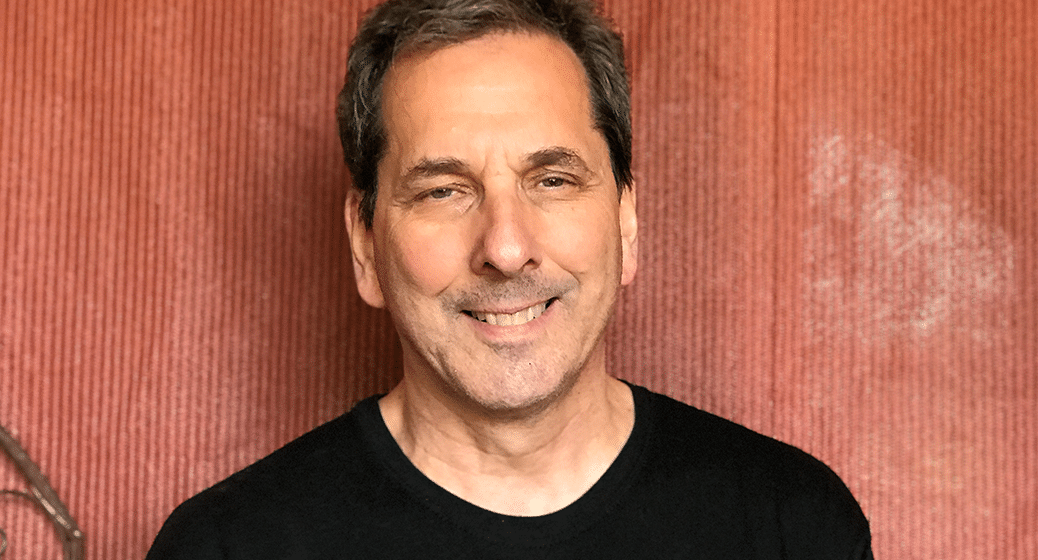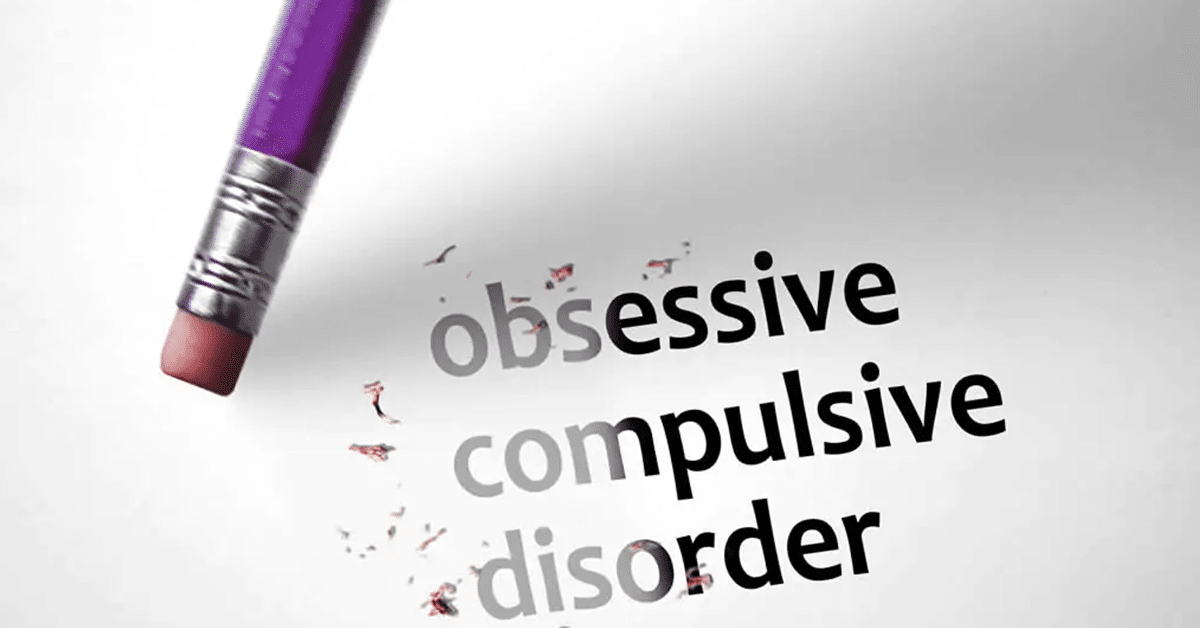Dysthymia is a kind or quality of depression that masquerades in many individuals as a fairly decent life, generally speaking. Dysthymic, you may not think you are depressed. The world, even the entire universe, is a constricted rainbow of pastels that drain to greys. You enjoy watching a rabbit sitting on the grass outside your window.
You may “like” your job, enjoy a morning cup of coffee; you might even “love” to type, or love washing the dishes (as an old family friend, a ‘50s housewife, did), but really love nothing. Ambition may feel like a gauche notion to you: Why run? And why run uphill through the course of your life? Pushing the self, though possible to do, will feel lousy, like utter meaninglessness. The world is – not action but a tableau.
Dysthymic depression is the 22-year-old new employee who already feels “same shit, different day,” an emotionalized attitude (a term borrowed from V. Axline, Play Therapy) which is a transmutation of loss, pain, time, and thought fused together. There may be a feeling of floating or wandering, but of floating above and wandering away from a deep and drastic place, you need to be. In college forty-four years ago and blind to myself, I found my mind visited by the odd idea that I needed a tragedy to wake me up. It will be some complex feeling too delicate or protean to name sadness, though its verdict is always the same: There is an emptiness there.
Here are some ways dysthymic depression has shown itself to me over the years:
* I suggested to my client that he has suffered gentle, insidious repression leading to mild dysthymia, the active consequence of which has been the evaporating of his interest in college and his life-long interest in marine biology.
* . . . problem intrinsic to the marriage: His dysthymic sense of ‘lowered expectations.’ That is, he has always felt he must ‘settle’: ‘This is the best I can get.’
* Client’s dysthymic nature may for now be attributed to his parents’ benign failure of empathy – a failure to acknowledge and ‘allow’ his real self by virtue of idealizing him, seeing not him but their ideal.
* All jobs ‘start to seem like dead-ends.’ Family history revealed causal themes of the client’s dysthymic character: alienation, suppression and under-stimulation. His was not a family that talked about feelings. ‘My whole life was insipid and gray until high school.’ Earlier, he had ‘no hobbies, didn’t do anything. My parents left me to my lonesome.’
* Teenager has such a well-grounded and complacent dysthymic depression that nothing short of a middle-aged existential crisis is likely to question it. He talked about his roots of emotional inertness. ‘I never tried to get anything from my parents,’ he said, ‘materially or emotionally.’
* My example demonstrated both the dysthymic constricting of one’s world of interests and the effective ‘delusionality’ that could lead the client to ‘love’ or believe she loves typing. A different analogy had to do with the enjoyment of nature or ‘beauty.’ The client said that ‘I cut myself off from beauty; I’ll stay inside. I’m lackluster. But I can appreciate the beauty.’ And, ‘I’m not ambitious.’
* ‘Sometimes I wish the little things in life were more important to me.’ ‘I wish I could be more connected to the world, though I feel being disconnected is more comfortable.’ And, ‘I’m incapable of caring the way other people are.’
* . . . provisional diagnosis of dysthymia, which client endorsed in the feeling – ‘Is this all there is?’
* ‘My whole life, I’ve been cheerless, with an underlying blah feeling. Overwhelmed, like you never get to have enough fun.’
* She endorsed a constricted emotional spectrum; said that she ‘doesn’t need to take vacations, see new places.’ Interestingly, she has the gut feeling that ‘people who seem overly happy must be on medications.’
* The dysthymic detachment is severe. He feels disconnected from his child self: When he thinks of his child self, it doesn’t feel like ‘him.’ He gets the uncanny feeling that photographs of him as a little boy – then with blond, curly hair (he is now a straight brown) may not be him.
What can make a depression that seems like a blue-grey fog, not a heavy anchor, and can fool you into thinking that pastels are the entire rainbow? “I’m not depressed, just the same old same old.” This question goes to the meaning of depression itself and the dialectic of depression, feeling, and identity.
A man comes to therapy and says, “I don’t know what it is. I have a good life: great wife, kids – I love ’em to death [that phrase always sends chills down my spine] – a good job, the house is nearly paid for. But I feel empty inside. It’s like I’m just going through the motions. Sometimes I feel like an imposter, a child wearing adult’s clothing.” He may say – as a fair number do – “I don’t know who I am.”
Doesn’t it make sense to see in this “empty inside” both a lack of feeling and a lack of self and to see that this is depression? But what makes it grey – dysthymia – for some and black – major depression – for others? (For the clever uninitiated – “double depression” is a diagnosis of both types combined.)
One idea is that dysthymia is a life that “sneaks up” on a child; or, more accurately, seeps in slowly under the cover of normalcy. It is not a terrible capsizing loss that never heals, but a continuum of microscopic pinpricks, as if one could micro-prick a beautiful soap bubble (with its swirling luminescent colors) until eventually, it drained to clear. What wields these pins? Nice parents who don’t hear you. Promises by father that, in his neurosis, fade away. Aloneness in your room is quietly painful that in time becomes both pain and comfort. Sarcasm masked as humor, confusing your truth. Like mine, a mother not loving, but . . . cordial. Having needs (for fun, as an example) that are unmet, weaken to wants that weaken too. . . unnecessary.
A problem in treating dysthymic disorder is its tendency to become character. A rape or war trauma will not, typically, be assimilated to become one’s way of living and looking at the world. It is an alien part that can be targeted, cried, and raged at in therapy. But dysthymic injury, ten million quiet pinpricks, deflates the unaware Self and the world it lives in simultaneously, leaving us and our world and our thoughts smaller. Our philosophy of life, our attitudinal set, greys accordingly. It is when we notice – something, maybe some contrast between ourselves and our birthright of love and joy, or an early loss that feels, in retrospect, quite impossible to have survived – that we may come for help.
Keep Reading
Want more? Here are some other blog posts you might be interested in.








